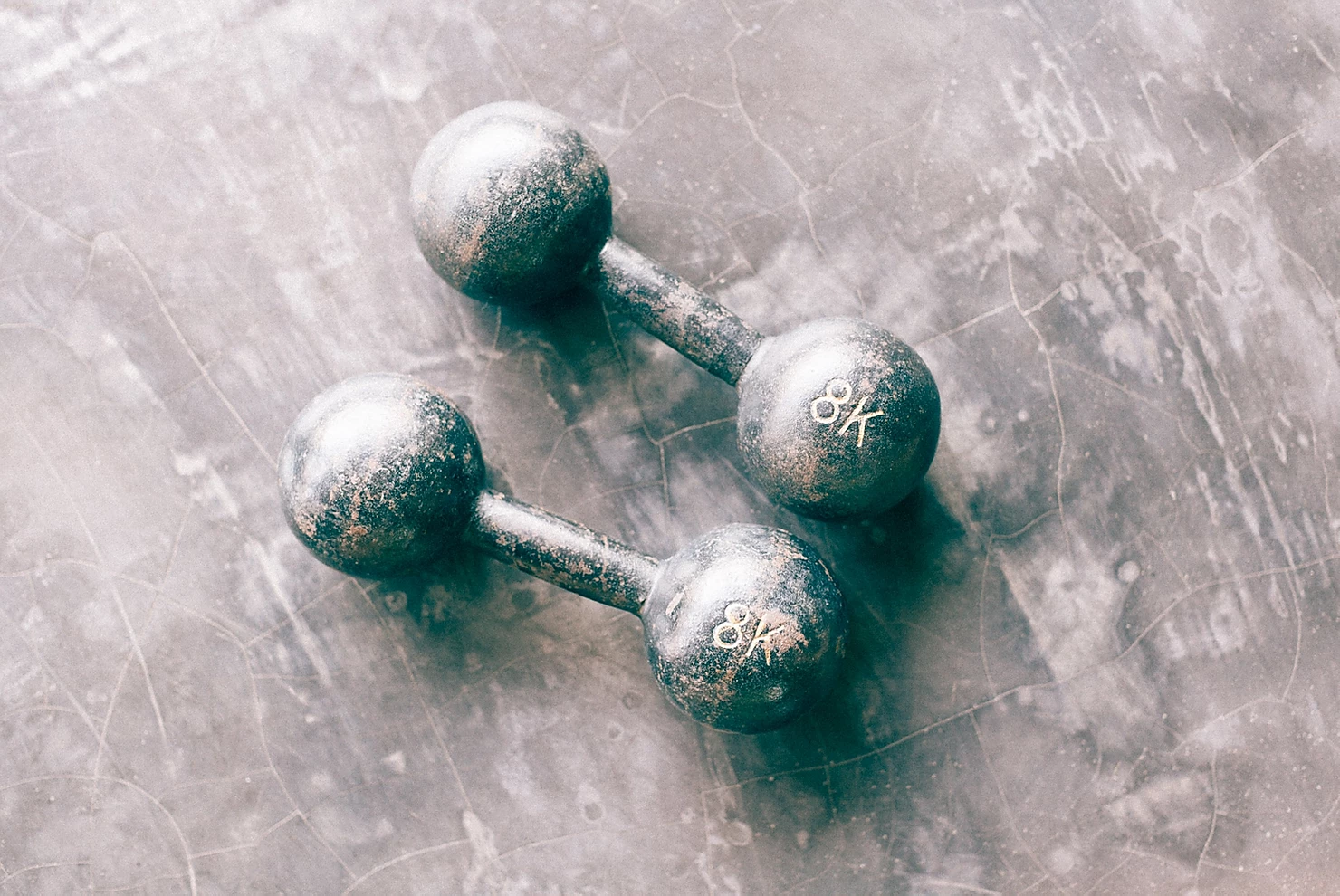Quick Facts:
- Weakness in lower body musculature and poor running form can lead to injury.
- Strength training alone will not change faulty running patterns.
- Gait retraining following gait analysis is often required to improve gait mechanics.
From my experience, both as a long distance runner and a physical therapist, getting runners to perform strength training is similar to getting a picky 3 year old to eat raw broccoli. Not easy. Personally, I do not enjoy strength training. Tell me to go spend 5 hours alone on a technical trail in 40 deg weather with pouring rain and gusting wind – no problem. Ask me to spend a total of two sessions in a gym per week and I will revert back to my 3 year old self and stare you right in the eye as I intentionally drop my broccoli onto the floor.
Based on these opinions, I was excited to read an article by the PT running goddess, Irene Davis, that explained that strengthening, specifically hip strengthening, has no effect on running form. Her article demonstrated that although strengthening the hips of runners with poor form improves hip strength (obviously) and performance of a single leg squat (similar to landing position of running), there was no change in the participant’s running pattern. After reading this, I smiled, high fived myself, and began dreaming of a life without gym bros. Kidding.
Then why strengthen?

While Willy & Davis, Feber, and Earl & Hoch, have demonstrated that just strength training alone is not enough to improve poor running form, strengthening does have its place in the world of running. Most notably, it can do wonders for preventing injury and making you faster. If you strength train (and eat your raw broccoli), you’ll never be injured again and you will win all of your races. Kidding again.
Realistically, strength, or lack thereof, has been shown through a plethora of studies to be associated with injury rates. A too-close-to-home one includes a systematic review that demonstrates that females with patellofemoral knee pain (generalized front of the knee pain) are found to have weaker hips. This corresponds with other studies that demonstrate that females with patellofemoral knee pain are found to run with aberrant hip mechanics such as this:

The working theory is that weakness will lead to faulty gait mechanics (running form) which will then lead to injury. Pretty solid.
Why, then, is just strengthening often not enough? If we get stronger, shouldn’t our gait mechanics also improve?
If only it were that easy. Research has been able to clearly demonstrate that weakness can lead to poor running form which can lead to injury, but once those running mechanics become our new pattern, they are not easily changed.
Think back to your most recent vacation. Without an early morning work meeting requiring you to set an alarm, you may have gone to bed a little later than usual on the first night smiling at the fact that you get to sleep in. As the vacation continued, that bedtime probably crept further into the night and that sun continued to rise higher in the sky before you opened your eyes. All was well and good until back-to-reality Monday morning hit and you had to hit snooze three times and lower your personal hygiene standards in order to make it into work on time. Falling into that new sleeping schedule was easy, climbing back out of it – bit of a challenge.
Just as it often takes different and more difficult steps to revert back to your normal sleep schedule after a vacation of late nights, improving your gait mechanics after injury requires a bit of effort. Strengthening will help. Specific drills and strategies to improve running form can assist. But just as Davis demonstrated, we need more than that.
We need gait retraining.

Gait retraining is simply an umbrella term used to describe ways in which we can change running form and it has been shown time and time again to improve your running pattern, rid yourself of injury, decrease total load on your joints, and increase your performance. Gait retraining typically falls into two different categories, visual and auditory. Visual gait retraining can include placing a mirror in front of your treadmill to watch yourself run with special markers and tricks. Auditory retraining is very commonly prescribed as running to a metronome or listening to the sound of your footfalls (with specialized equipment). While some of these tools may be helpful to you, determining which one will help and how to use it appropriately needs to be prescribed by a medical practitioner who is trained in performing a gait analysis. This is a PLEASE REACH OUT TO AN EXPERT warning with a caveat that knowledge is power so you can also learn more about gait retraining here.
During the COVID pandemic, we are currently offering in-clinic and virtual gait analysis with assessment and follow up sessions to safely and effectively provide gait retraining to injured runners. If you are interested in learning more, please click here for more help or give us a call at 978-927-0907

